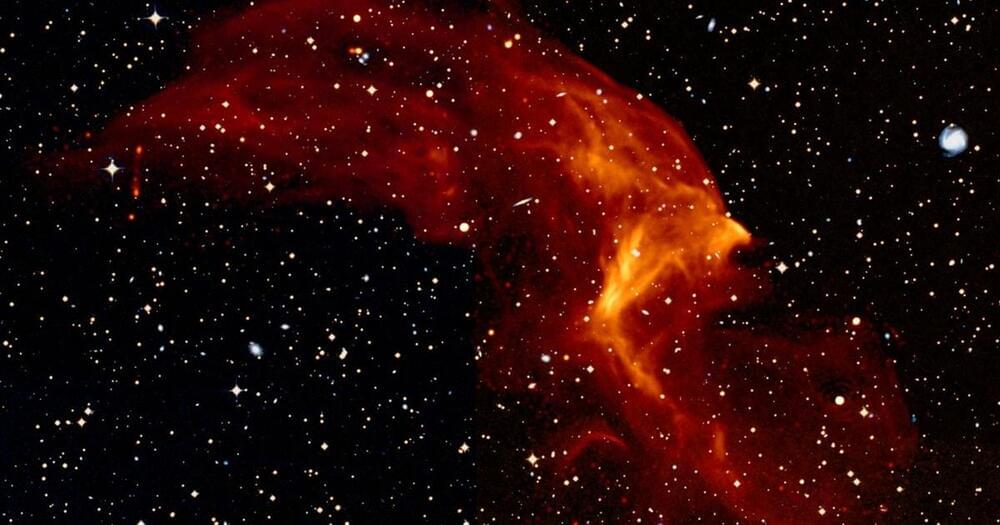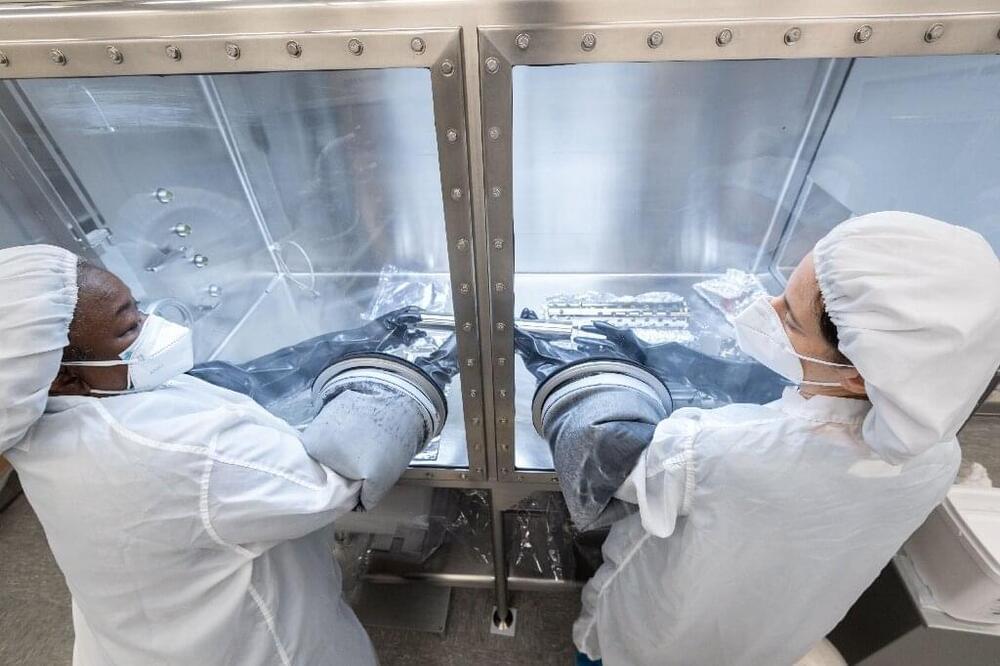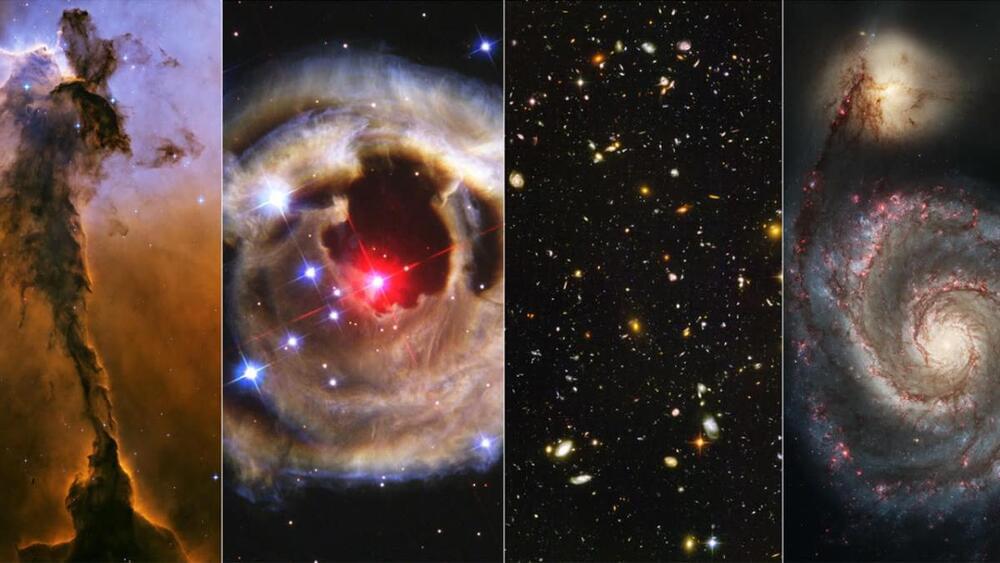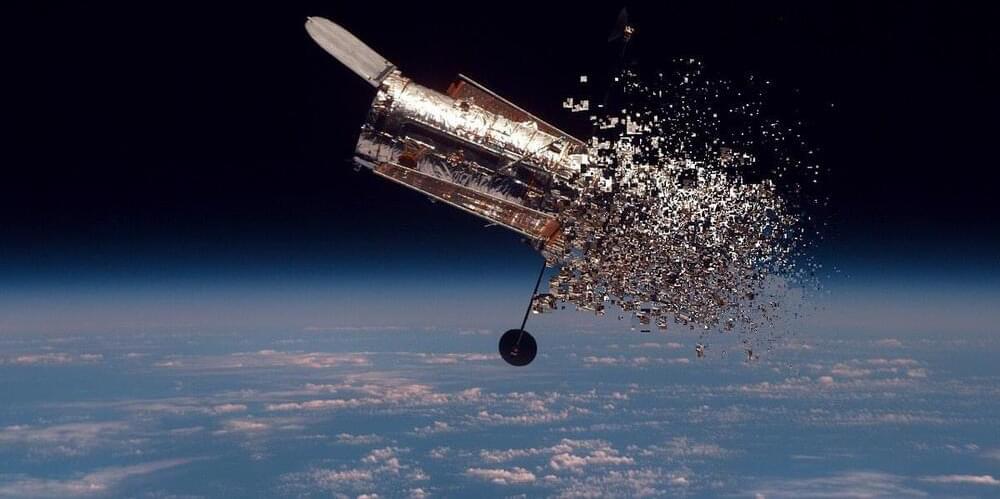A relic from a billion-year-old collision.
A relic from the billion-year-old collision that birthed the Abell 3,667 galaxy cluster was captured in fresh, stunning detail.


The Apollo missions to the Moon brought a total of 2,196 rock samples to Earth. But NASA has only just started opening one of the last ones, collected 50 years ago.
For all that time, some tubes were kept sealed so that they could be studied years later, with the help of the latest technical breakthroughs.
NASA knew “science and technology would evolve and allow scientists to study the material in new ways to address new questions in the future,” Lori Glaze, director of the Planetary Science Division at NASA Headquarters, said in a statement.

Is Metaverse a boom or a bubble?
There is hardly a day that goes by without a mention of the metaverse. Since Facebook’s brand name changed to Meta, the word has really caught on and everybody wants to be a part of it.
Mark Zuckerberg may have drawn the world’s attention to the metaverse but the digital world has been on the rise for quite some time. Minecraft, an online game, has been around since 2011, where not only does one get to stay in a digital world but also has the tools to build it around themselves. With their versions of the metaverse, what Meta and the others now want to do, is build up these worlds rapidly, so that people can just come and spend their time in there. ## Time is Money.
If there is one thing the internet and the millions of apps have taught us once again is that time is money. The amount of time a user is willing to spend on your site or app is directly proportional to the amount of money you can make since you now have the user’s attention.
Since the metaverse promises a host of things to do in a three-dimensional space, companies want to occupy prime properties in the metaverse to showcase their products and services, much like the Times Square in New York. As of now, there are limited places that have the potential to be Times Square of the metaverse and they belong to companies like The Sandbox, Decentraland, Cryptovoxels, and Somnium Space who own the real estate in their digital worlds.
Full Story:





The ongoing interaction between two galaxies 320 million light-years away has been captured in a gorgeous Hubble image.
They’re collectively known as Arp 282 in Halton Arp’s Atlas of Peculiar Galaxies, and they consist of a large barred spiral galaxy named NGC 169, about 140,000 light-years across, and a much smaller polar-ring galaxy named IC 1,559, which is about 40,000 light-years across.
These two galaxies have drawn close enough together that they’re exchanging material. That’s not unusual: Although space is vast and mostly empty, galaxies are gravitationally drawn together, perhaps channeled along strands of the invisible cosmic web that stretches across and plays a vital role in shaping the Universe.